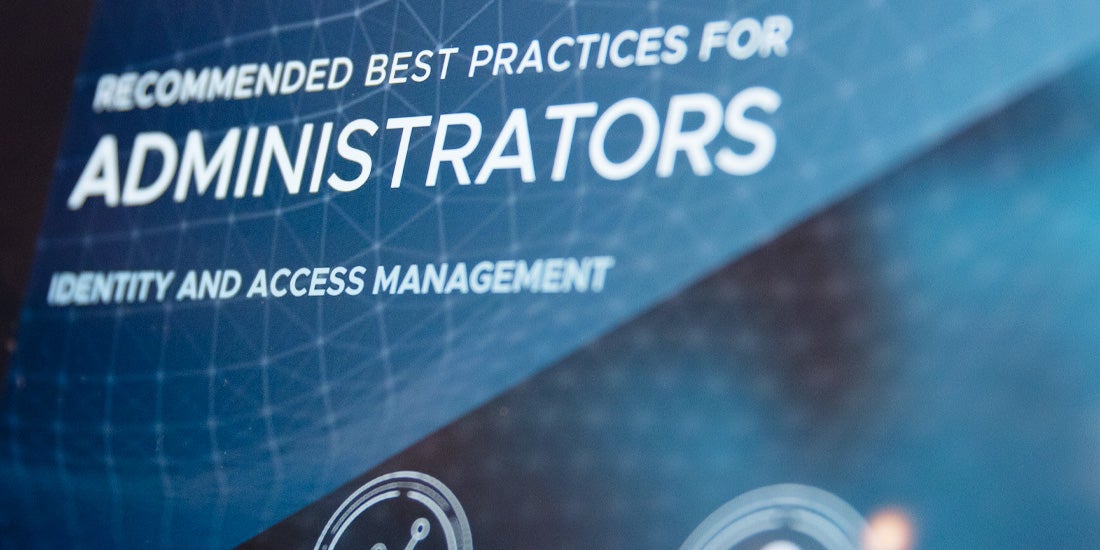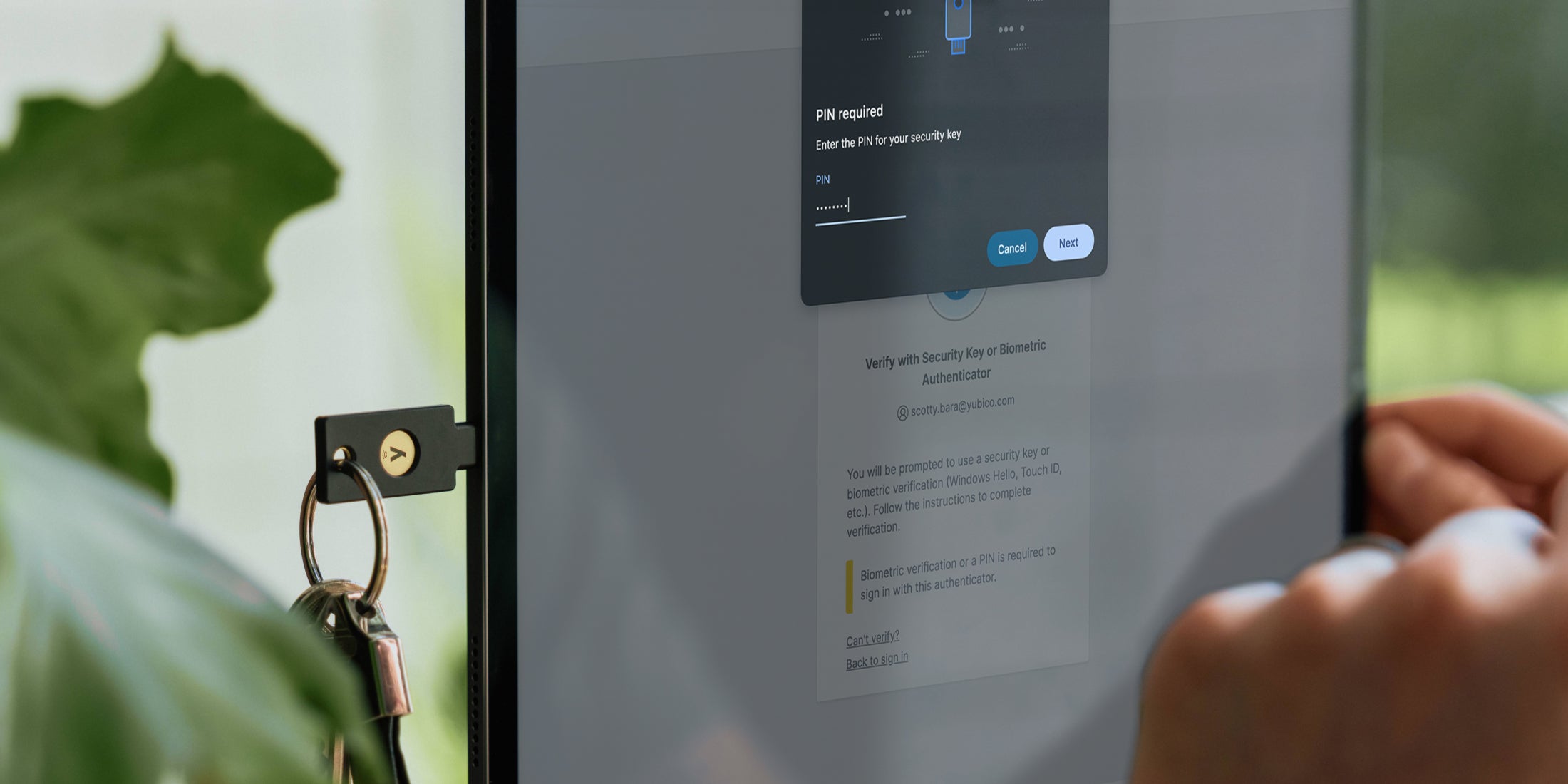The Cybersecurity Infrastructure Security Agency (CISA) and the National Security Agency (NSA) recently collaborated to produce an important new document, “Identity and Access Management: Recommended Best Practices for Administrators.” Part of the Enduring Security Framework (ESF), it presents a distillation of identity access management (IAM) and cybersecurity guidance put forth by CISA to date, based on NIST standards. It is specifically packaged for the information security and risk management (ISRM) admin, and targeted at the private sector.
The Need to Protect Critical Infrastructure
Critical infrastructure and services are often prime targets for cyberattacks. There is no shortage of malicious actors trying to cause mass disruption to public life and safety — whether it’s the Colonial Pipeline supply chain attack, an attempt to hack into a Florida city’s (Oldsmar) water supply to poison the water, targeting the power grid of Ukraine, or even a German wind turbine firm. These attacks showcase the undeniable need to not only secure invaluable resources, but the digital lives of millions of people around the world.
This move to urgently solidify best practice cybersecurity guidance at private industry is a welcomed one. Based on how NIST recommendations have been embraced in past private standards and guidelines, we can expect the wider regulatory industry to look to this document as a de facto set of marching orders.
Top takeaways and comments on the ESF guidance
Overall, the recent ESF guidance seeks to educate and cement definitions of common cybersecurity terms, shining a light on the current threats, defining important terms, and outlining how to stay secure levels the playing field. Here are some key areas that stand out:
- Don’t forget about protecting OT
The guidance is widely praised for its effort to standardize and normalize IAM best practices across the IT industry. However, it does need further clarification in some areas critical to energy, manufacturing, and other organizations focused on operational technology (OT). While the document mentions network segmentation, multi-factor authentication (MFA), and identity lifecycle management, it falls into the common pitfall of focusing only on the IT infrastructure perspective.
Those areas need to be revised through the lens of the manufacturing and energy sectors. The hope is that future revisions of this document will add additional detail specific to the needs and challenges of the OT space, while explicitly calling out the importance to protect these systems from threats and mitigate responsibly.
- OT network segmentation needs more attention
Network segmentation is mentioned, but only as a cursory checklist item. It would be great to see future versions further expand on the topic of including network design and the need for one-way traffic flows and true network isolation with echoed syslog and telemetry reporting to be leveraged as key controls for the OT space. These and other OT-specific design considerations are often overlooked by the larger IT practices. To truly harden our critical infrastructure, these tools and techniques need to be highlighted more often.
- Identity lifecycle management programs are paramount
Often referred to as “joiners, movers, and leavers,” identity Iifecycle management is another area that can use further expansion and guidance. As tools mature, more granular access can be assigned. With the adoption of zero trust practices across many verticals, the ability to do true attribute-based access controls grows more achievable every day. This requires mature identity management practices, along with ensuring the needed metadata that only user directories are capable of maintaining and delivering efficiently.
Shared accounts, especially those with elevated credentials, break many basic access management controls. Unfortunately they are often necessary in the OT space due to the age or configuration limitation of the systems. To ensure a strong lifecycle program, users need strong phishing-resistant authentication methods that meet the requirements for high assurance to gain access to these shared accounts. This means leveraging MFA technologies that enable strong identification methods (as recommended by CISA) — FIDO2/passkey or PIV/Smart Card, shared account vaulting with checkout capability — including time-based reporting of when these accounts are checked out and in, and by whom.
- MFA plays a critical role in a cybersecurity program
MFA plays a central role in any successful cybersecurity program, and the best practices document validates by dedicating eight pages to this topic alone. A global best practice is to utilize modern phishing-resistant MFA solutions such as passkeys, security keys, and smart cards that leverage modern, secure authentication based on public/private key cryptography (like WebAuthn/passkey or Smart Card/PIV) should be stated.
Doing so protects systems at the gates, and grants a higher level of certainty when reviewing behaviors via logs. The phishing-resistant nature of these methods also means they will help protect against many of the most common attacks that allow attackers to gain a foothold in networks, both IT and OT.
What this guidance means for you and your business
New guidance can be overwhelming, especially in terms of wondering how you can apply it to your organization. All in all, modern cyber threats necessitate modern cybersecurity practices. In order to safely and securely protect critical infrastructure, invest as early as you can to safeguard your data, systems, and supply chain. In order to safely and securely protect critical infrastructure, strong phishing-resistant MFA solutions like YubiKeys with FIDO2/passkeys and Webauthn need to be implemented to protect your critical data, IT and OT systems, and entire organization. Managing legacy infrastructure while modernizing cybersecurity can be a hassle, but when you strategically invest in solutions that meet you where you are while bolstering your posture, in the long run, it makes all the difference to stay secure from cyber threats.
This post was originally published in Dark Reading.
——
To learn more about the importance of securing critical infrastructure and how phishing-resistant MFA plays an vital role, check out our infographic here.





